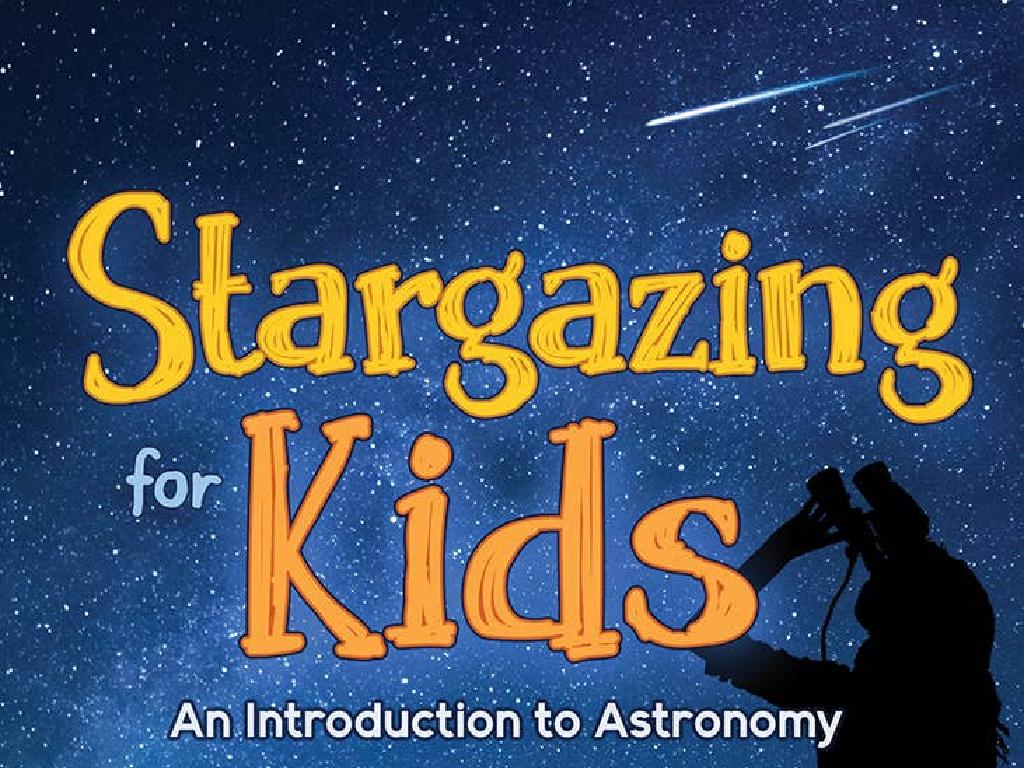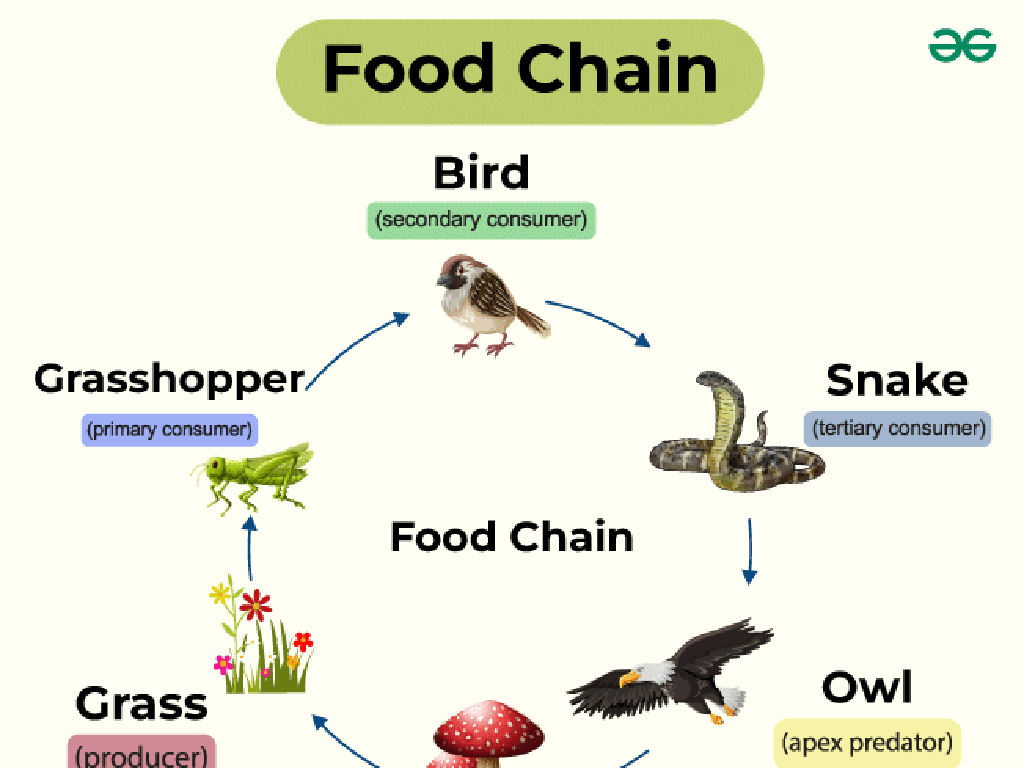Who Is Telling The Story?
Subject: Language arts
Grade: First grade
Topic: Point Of View
Please LOG IN to download the presentation. Access is available to registered users only.
View More Content
Welcome to Story Time!
– Learning about stories
– Discover the storyteller
– Is it a character or the author?
– Why storytellers are important
– Knowing the storyteller guides our imagination
– Enjoying the story together
|
This slide introduces the concept of the narrator or ‘storyteller’ in a story. It’s important to explain to first graders that the person telling the story is not always the author; sometimes, it’s a character from the story. Understanding who is telling the story can change how we picture the events in our minds and how we feel about the story. During the lesson, use simple and familiar stories to illustrate different points of view. For example, compare ‘Goldilocks and the Three Bears’ told by Goldilocks to the same story told by the bears. Encourage the children to think about how the story changes depending on who’s telling it. This will help them grasp the concept of point of view and make story time more engaging.
Understanding Point of View
– What is point of view?
– It’s who is telling the story.
– 1st person storytelling
– ‘I’ or ‘we’ tells the story. Like ‘I found a cat.’
– 3rd person storytelling
– ‘He’, ‘she’, or ‘they’ tells the story. Like ‘She found a cat.’
– Recognizing the storyteller
|
This slide introduces the concept of point of view to first graders. Point of view is the perspective from which the story is told. In first person, the narrator is a character in the story, using words like ‘I’ or ‘we’ to describe events. In third person, the narrator is outside the story, using ‘he’, ‘she’, or ‘they’. It’s important to use simple examples to illustrate the difference. Encourage students to listen for these clues in stories to identify who is telling the story. You can read a short passage and ask students to determine the point of view as a class activity.
Understanding First Person Point of View
– ‘I’ and ‘me’ tell us who speaks
– The storyteller is in the story
– The narrator is a character in the adventure.
– They share feelings and thoughts
– We learn what they love, see, and think.
– Example: ‘I walked my dog in the park.’
– Let’s read this sentence and see through their eyes!
|
This slide introduces the concept of the first person point of view to first graders. It’s important to emphasize that the story is being told by someone inside the story, using words like ‘I’ and ‘me’. Explain that this person is called the narrator, and they are a character in the story who shares their personal experiences. Use the example sentence to illustrate how the narrator tells us about their actions and feelings. Encourage the students to think of their own sentences using ‘I’ or ‘me’ to describe something they did, helping them relate to the concept of first person narration.
Understanding Third Person Point of View
– Story told by an outsider
– Uses ‘he’, ‘she’, ‘they’
– Words used to talk about others
– Not a character in the story
– Example: ‘She walked her dog.’
– Shows action by someone in the story
|
This slide introduces the concept of the third person point of view in storytelling, where the narrator is not a part of the story but is telling about others. Emphasize that the narrator uses words like ‘he’, ‘she’, and ‘they’ to describe characters’ actions and feelings. Use the example sentence to illustrate how the narrator is talking about a character’s actions from an outside perspective. Encourage students to listen for these words in stories to identify the third person point of view. You can also read a book to the class and pause to point out instances of third person narration.
Let’s Practice: Who’s Telling the Story?
– I’ll read a story aloud
– Guess the storyteller’s point of view
– Listen for ‘I’, ‘me’, or ‘he’, ‘she’, ‘they’
– ‘I’ and ‘me’ indicate first person; ‘he’, ‘she’, ‘they’ indicate third person
– Thumbs up for first person, down for third
– Show understanding with thumbs signals
|
This slide is for a class activity to help students understand the concept of point of view in storytelling. As the teacher reads a story, students will listen carefully to the pronouns used to determine if the story is being told in the first person or third person. ‘I’ and ‘me’ suggest that the narrator is a character in the story (first person), while ‘he’, ‘she’, and ‘they’ suggest the narrator is outside the story (third person). The thumbs up/down activity is a simple and interactive way for students to show their understanding. Prepare a short story or a passage from a children’s book to read. After reading, discuss why the story is in the first or third person, and ask students to explain their thumbs up/down choices. This will reinforce their learning and ensure they grasp the concept of narrative perspective.
Class Activity: Storytellers!
– Become the storyteller
– Split into two groups
– One group for first person, one for third person
– Create a short story
– Use ‘I’ for first person, ‘he’ or ‘she’ for third person
– Share with the class
|
This activity is designed to help students understand the concept of point of view in storytelling. Divide the class into two groups, assigning one group to write from the first person perspective using ‘I’ and ‘we’, and the other group to write from the third person perspective using ‘he’, ‘she’, or ‘they’. Provide a simple story prompt for each group to help them get started. For example, the first person group could write about a day at the beach from their own perspective, while the third person group could write about a character’s day at the beach. After the stories are created, each group will share their story with the class, highlighting the use of the assigned point of view. Encourage active listening and ask the class to identify the differences between the two perspectives. This will help students recognize how the narrator’s position affects the way a story is told.






